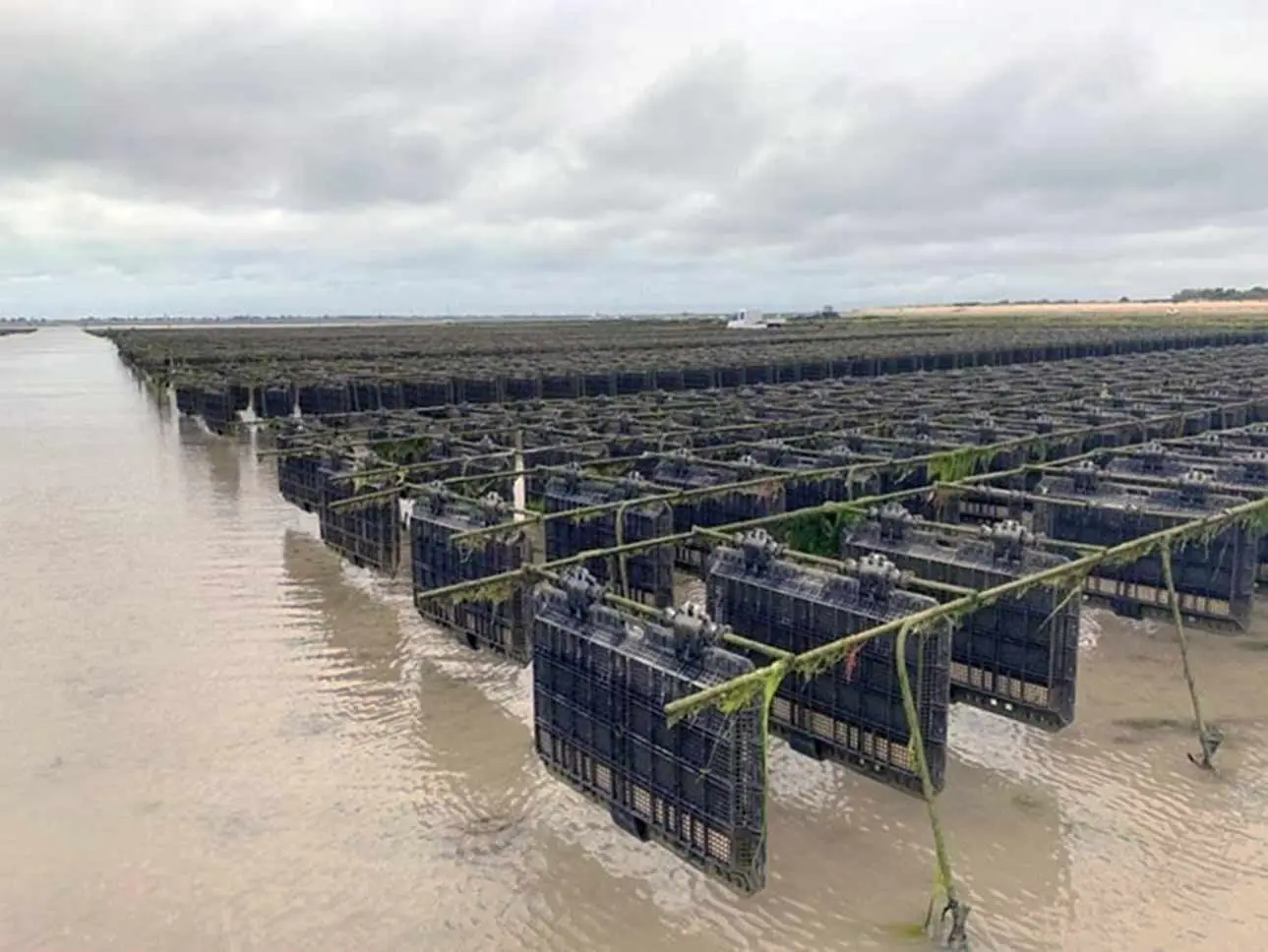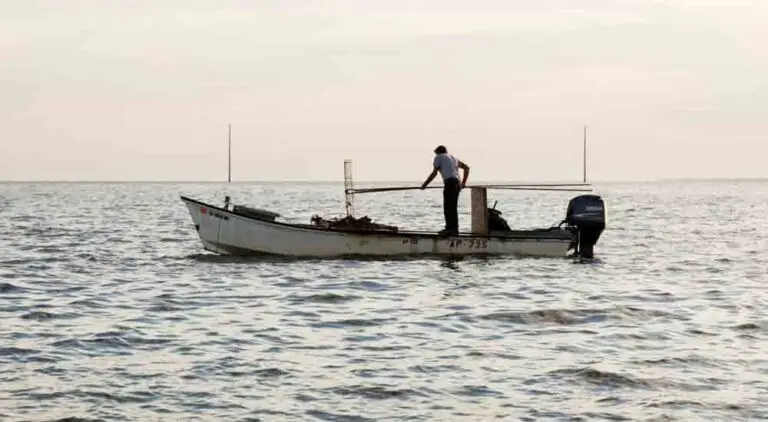FLORIDA—University of Florida experts say new technologies could increase oyster harvests in Florida while reducing labor.
Florida’s oyster population has declined significantly over the past 15 years due to various factors, including overharvesting, hurricanes, and changing environmental conditions. One of the most affected areas is Apalachicola Bay, where the reduction in oyster numbers has been particularly pronounced.
To address these challenges, experts have turned to oyster farming as a potential solution to maintain the supply of oysters, given the diminishing wild populations.
“Oyster farming has been seen as a way to continue the supply of oysters because the wild population has been so overharvested,” said Roy Yanong, a University of Florida professor and Extension veterinarian at the Tropical Aquaculture Lab in Ruskin.
Traditionally, oysters grow on the bottom of marine or estuarine environments, where they risk being covered by sediment or eaten by predators. However, new technologies allow oyster farmers to grow oysters more efficiently by utilizing the water column — the area between the surface and the bottom.
Mr Yanong explained that while water column leases offer oyster farmers an opportunity to reduce the risks associated with bottom growth, these methods are more labor-intensive and costly than traditional farming techniques.
To help farmers navigate these challenges, experts at the University of Florida’s Institute of Food and Agricultural Sciences (UF/IFAS) have outlined three innovative technologies in a new Ask IFAS document.
Although these technologies are not yet in use in Florida due to their high costs, they could eventually help oyster farmers increase their harvests while reducing the amount of manual labor required.

The document highlights three technologies: the Grain Ocean Roll Bag, Solar Oyster Production, and flipFarm. Each innovation is designed to maximize oyster output and minimize labor by incorporating the entire water column for growth and automating key aspects of oyster husbandry.
According to the document, traditional oyster farming can take up to two years to grow oysters to marketable size. In contrast, these new technologies could reduce the time needed to grow marketable oysters to just one to one and a half years.
Emily Caffrey, the lead author of the review, emphasized the benefits of growing oysters in the water column.
“You get the best water flow in the water column. If oysters sit on the bottom, algae grows on them,” she said.
Ms Caffrey, who recently earned her non-thesis master’s in fisheries and aquatic sciences at UF/IFAS, conducted her review of oyster culture methods under the supervision of Yanong, who is also a Florida Sea Grant-affiliated faculty member in the School of Forest, Fisheries, & Geomatics Sciences.
While some oyster farmers in places like Maine, France, and the Chesapeake Bay are already using these new technologies, their future application in Florida will depend on various factors, including regulatory approvals and cost considerations.
“We believe the paper is important for describing and highlighting some newer technologies that may have applicability to Florida oyster culture, which perhaps may benefit from some of these,” Mr Yanong said.
However, he also noted that adopting these technologies in Florida will depend on overcoming both cost and regulatory challenges, and more research is needed to understand their benefits fully.
“I think the new technologies help to reduce labor and time for keeping biofouling down and allowing for better feeding and growth,” Yanong said.
“But I’m not aware if any side-by-side studies have been run to look into traditional vs. newer, more automated methods.”








